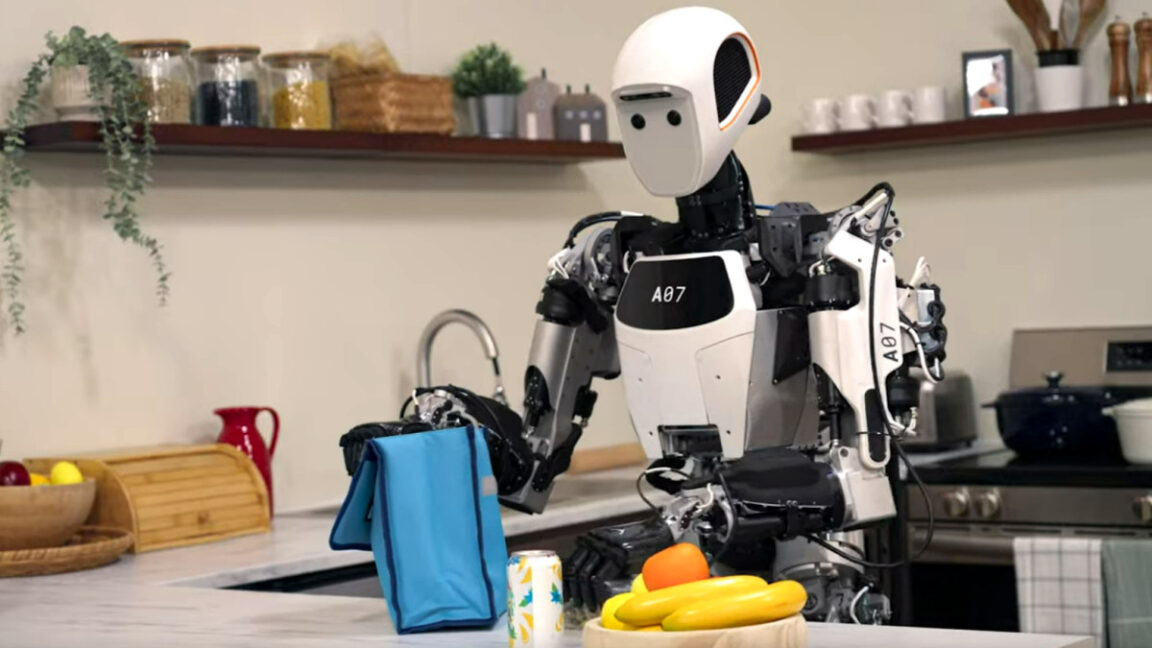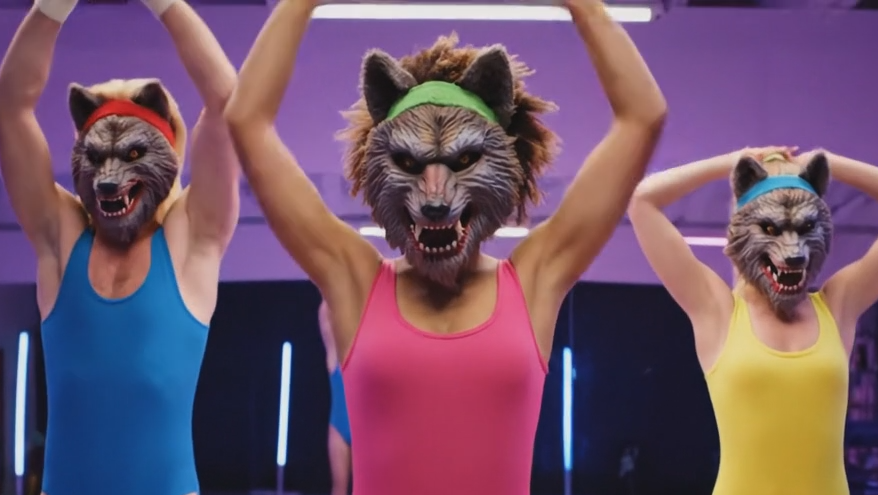Introduction to Diffusion Models
Diffusion models are a type of artificial intelligence technology used to generate images, videos, and other types of data. But how do they work? Imagine you have a noisy image, and you want to clean it up to get a specific picture. A diffusion model starts with this noisy image and gradually refines it until it gets the desired outcome. However, this process is not random – it’s guided by a second model that ensures the final image matches a given text prompt.
How Diffusion Models Work
The diffusion model is paired with a large language model (LLM) that has been trained to match images with text descriptions. This LLM guides each step of the cleanup process, pushing the diffusion model toward images that it considers a good match to the prompt. It’s worth noting that the LLM isn’t creating these links between text and images from scratch. Instead, it’s been trained on large datasets containing billions of pairings of text and images scraped from the internet. This means that the output of these models can be a reflection of the biases and prejudices present in the online world.
Applications of Diffusion Models
Diffusion models aren’t limited to just images. They can be used with many kinds of data, including audio and video. To generate movie clips, a diffusion model must clean up sequences of images – the consecutive frames of a video – instead of just one image. This process can be used to create a wide range of content, from simple images to complex videos.
What’s a Latent Diffusion Model?
One of the challenges of working with diffusion models is the huge amount of computational power required. To address this, most diffusion models used for video generation use a technique called latent diffusion. Instead of processing raw data – the millions of pixels in each video frame – the model works in a latent space, where the video frames and text prompt are compressed into a mathematical code that captures just the essential features of the data. This compressed format is similar to how videos are streamed over the internet, where the video is sent in a compressed format and then converted back into a watchable video on the user’s device.
Conclusion
Diffusion models are a powerful tool for generating images, videos, and other types of data. By pairing a diffusion model with a large language model, it’s possible to create content that matches a specific text prompt. While these models have many potential applications, they also raise important questions about bias, prejudice, and the responsible use of AI technology.
FAQs
Q: What is a diffusion model?
A: A diffusion model is a type of AI technology used to generate images, videos, and other types of data by gradually refining a noisy input until it matches a desired outcome.
Q: How do diffusion models work with text prompts?
A: Diffusion models are paired with a large language model that guides the cleanup process and ensures the final output matches the given text prompt.
Q: What is latent diffusion?
A: Latent diffusion is a technique used to reduce the computational power required for diffusion models by working in a compressed latent space instead of processing raw data.
Q: What are some potential applications of diffusion models?
A: Diffusion models can be used to generate a wide range of content, from simple images to complex videos, and have many potential applications in fields such as art, entertainment, and education.











